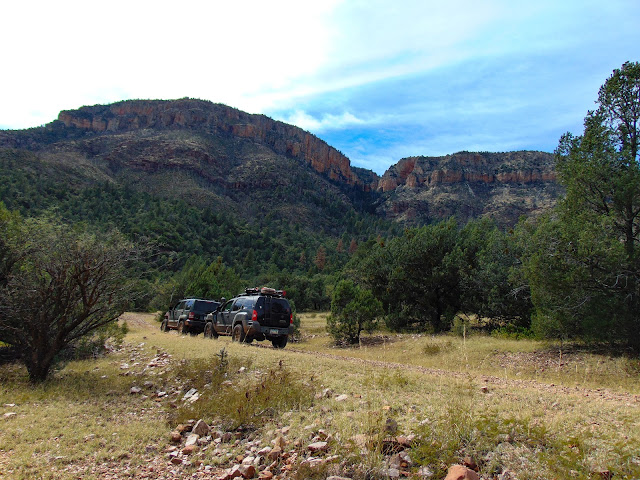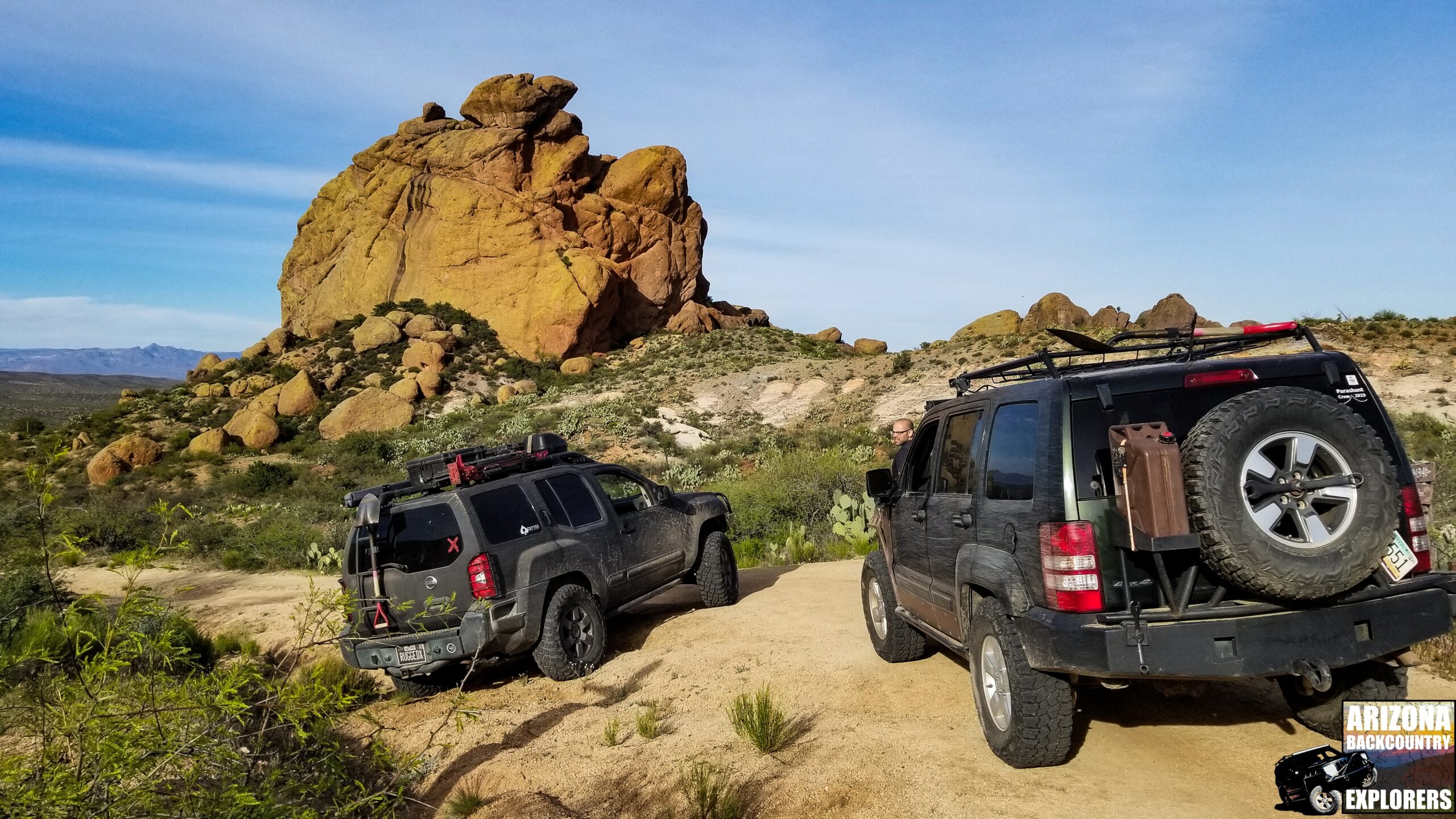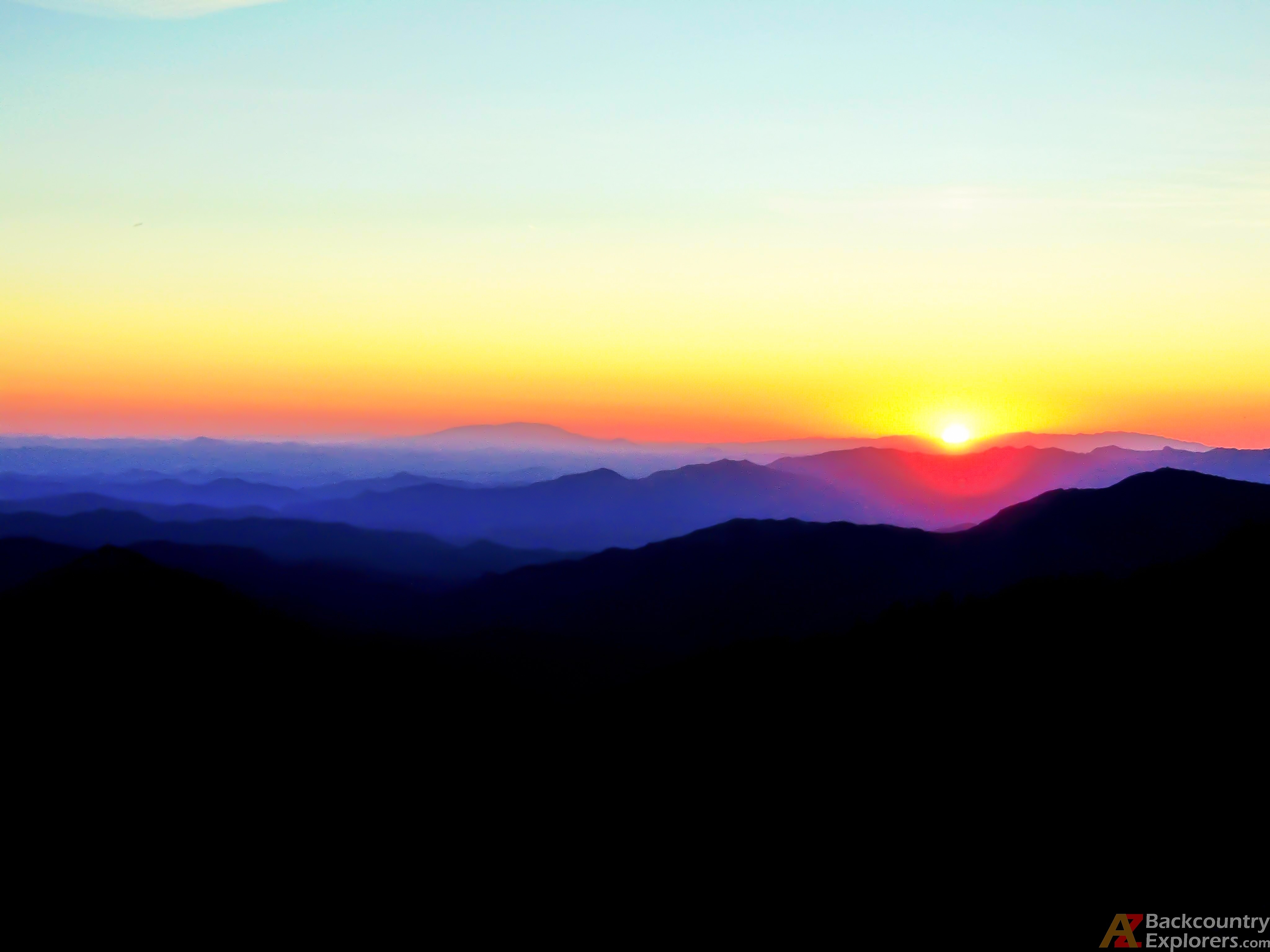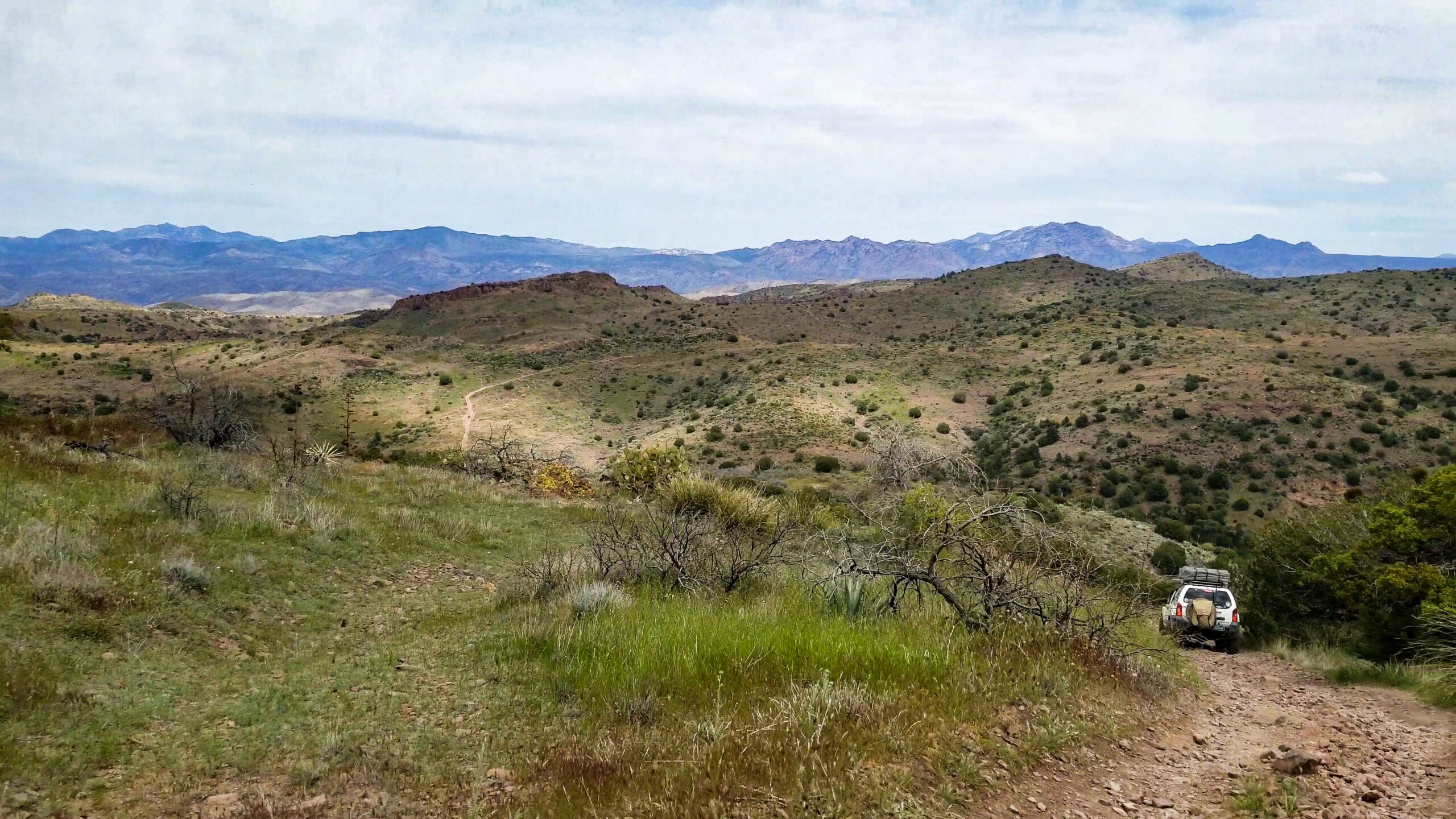Your cart is currently empty!
Posted in
Many designated wilderness areas could be considered null and void under the law.
When we think of a Wilderness Area, we typically think of a roadless area set aside and protected from Mining and motorized activity to create a haven for wildlife. The reality is, many designated Wilderness areas contain old roads and trails and do not meet the requirements for wilderness designation.
Wilderness designation
A wilderness area is recognized as an area where the earth and its community of life are untrammeled by man, where man himself is a visitor who does not remain. Likewise, a wilderness area is further defined as undeveloped Federal land that retains its primeval character and influence, without permanent improvements or human habitation. The land must appear to be primarily affected by the forces of nature, with the imprint of man’s work substantially unnoticeable. The land must have outstanding opportunities for solitude and primitive, unconfined recreation. Wilderness areas must be practical in size and also contain ecological, geological, or other features of scientific, educational, scenic, or historical value (43 USC 1131 (c)).
The law prohibits temporary and permanent roads, motor vehicle use, motorized equipment or motorboats, landing aircraft, mechanical transportation, structures, installations, or private enterprise (43 USC 1133(c)). The president of the United States may allow the construction or maintenance of roads in wilderness areas to maintain water reservoirs, water conservation works, power projects, transmission lines, and other facilities needed in the public interest. Furthermore, this subsection recognized grazing rights established before 1964 as valid and shall continue inside wilderness areas.(43 USC 1133(d)(4)).
 |
| Cherry Creek Rd near Young, Arizona |
Designated wilderness and RS 2477 roads
It’s quite simple when it comes to designated wilderness areas and RS 2477 roads. The Wilderness Act of 1964 is quite clear when it comes to wilderness designation. Many wilderness areas in Arizona align with RS 2477 routes. It’s common for wilderness areas to have easements to provide access to mines, private property, wildlife tanks, and other water sources. However, there is a baffling amount of wilderness areas that have entirely overlooked RS 2477 roads. This negligence violates the Wilderness Act and could result in the wilderness areas becoming null and void.
RS 2477 is not alone.
In 1976, RS 2477 was repealed. Like we talked about before, the new law recognized existing mineral rights, water rights, grazing rights, etc., as valid. Every single right of way was not affected by the new law. These rights of way include wagon roads, railroads, pack trails, pipelines, transmission lines, canals, waterways, etc. (43 USC 1769(a)). In 1996, RS 2477 became reinforced by the Omnibus Consolidated Appropriations Act of 1997. Section 108 says that all rules and regulations of any federal agency pertaining to recognition, management, or validity of RS 2477 roads, shall not take effect without an act of congress.
Aside from RS 2477, several other laws should be acknowledged. One of those laws is RS 2476 Navigable Rivers as Public Highways. It’s another powerful but forgotten law that should be recognized. It simply states that all navigable rivers are considered public highways. This law dates back to 1796 and is still in effect today (43 USC 931). Also, the US Attorney General has the authority to grant States rights of way over federal land. (43 USC 931a) and (ARS 37 931).
There are hundreds of laws that were repealed by the 1976 Federal Land Policy And Management Act. Most of these laws were in place since the founding of our country. These laws were vital to the settlement of western America. However, all existing holdings under the previous rules were not affected by the new law. The question is, who holds the right to this real property.
If you answered the state of Arizona, well, you’re correct. Arizona holds the rights to all water sources, including rivers, lakes, ponds, roads, and other rights granted under historical laws.
Encroaching on Right Of Way
There is a fine line when it comes to designated wilderness and historical laws. Many old roads that fall under RS 2477 have disappeared and no longer exist, but the right of way remains valid. Designated wilderness areas all over Arizona contain roads that predated the wilderness designation. Some of these rights of way might appear unrecognizable, overgrown, or washed out but remain valid under state and federal law.
Because Wilderness areas should be roadless, aligning wilderness borders with RS 2477 rights of way should be standard practice. However, there are many examples of negligence. Wilderness areas can become null and void if they don’t satisfy the legal requirements for wilderness designation. The existence of a statutory right of way disqualifies most current wilderness designations.
Cherry Creek Rd., also known as Forest Road 203, travels along the Cherry Creek between Roosevelt Lake and Young, Arizona. This historic path can be found on topo maps as early as 1910. It initially provided access to Pendelton and Barkly Ranch. PB Ranch was established in 1885 and eventually sold to Cherry Creek Ranch. In 1935 a new cabin was built by prospectors who discovered rich mineral deposits along PB Creek. The cabin still stands today as a testament to the early pioneers who settled this land.
 |
| Cherry Creek Road is the purple line. Sierra Ancha Wilderness border is the red line. |
In 1940 the Sierra Ancha wilderness became a designated primitive area. Later, in the 1960s, the Wilderness Act became law, turning the primitive designation into wilderness. The border of Sierra Ancha wilderness runs adjacent to Cherry Creek Rd. Somewhere along the line, someone failed to align the border with the old road. The southern end of the Sierra Ancha wilderness is aligned with the road, while the northern portion is not.
New legislation
Conclusion
Historical laws such as RS 2477, RS 2476, and others create a significant obstacle for wilderness designations. Instead of following the rules that grant rights to the people, Federal bureaucrats, along with environmental groups, appear to ignore them deliberately.
Three sentences written in the federal code can override 10,000 pages of legislation. Our founding fathers knew what they were doing. These laws protect and grant rights to every American citizen. The bureaucratic power, paired with the environmentalist domination on Arizona soil, will stop by enforcing the federal laws that give us rights to the public domain.
These old laws are buried under years and years of bureaucratic red tape. Only after peeling back each layer will we start to realize the real intention of so called “public land.”
Tags:
You may also like…

Visit the AZBackroads.com Store

Please Become A Member
We need your help to keep our backroads open. Please join today!









